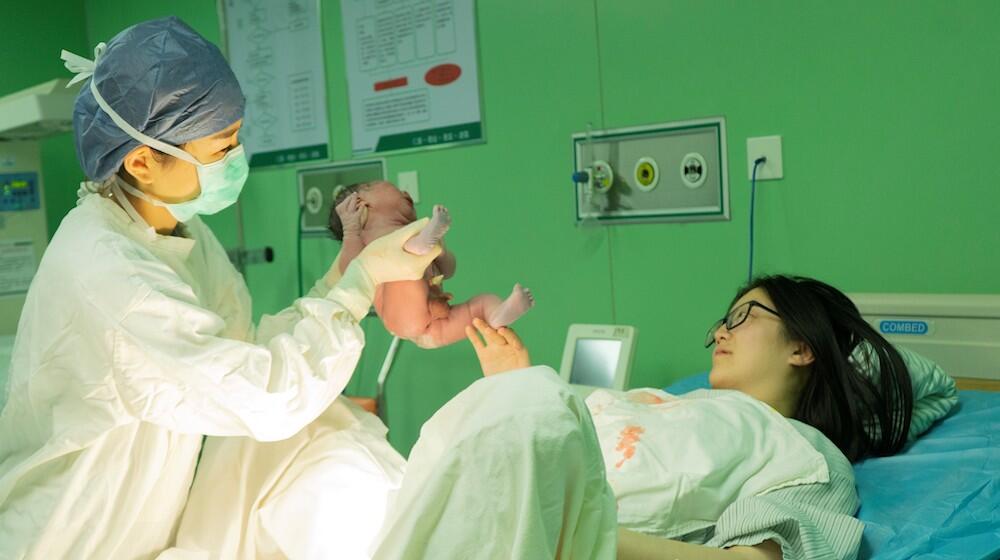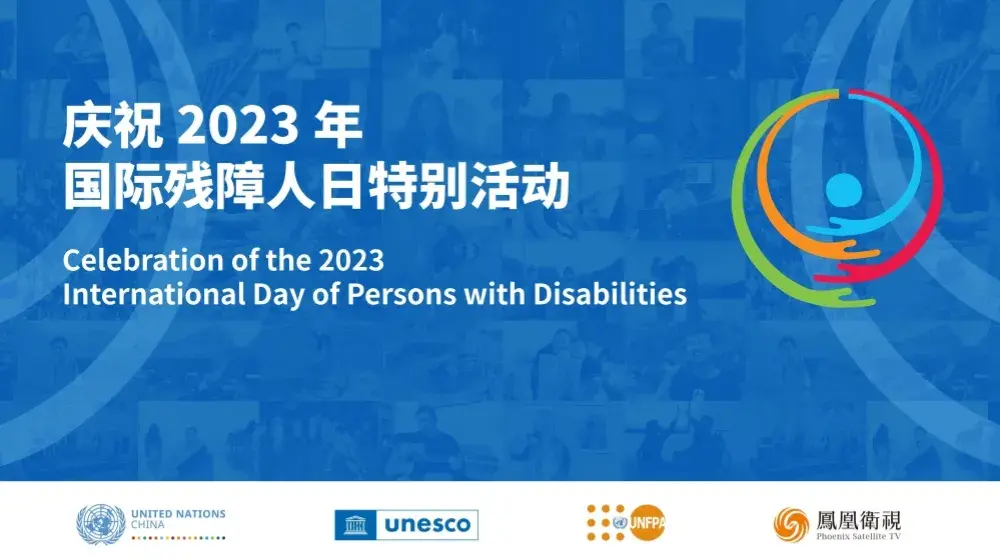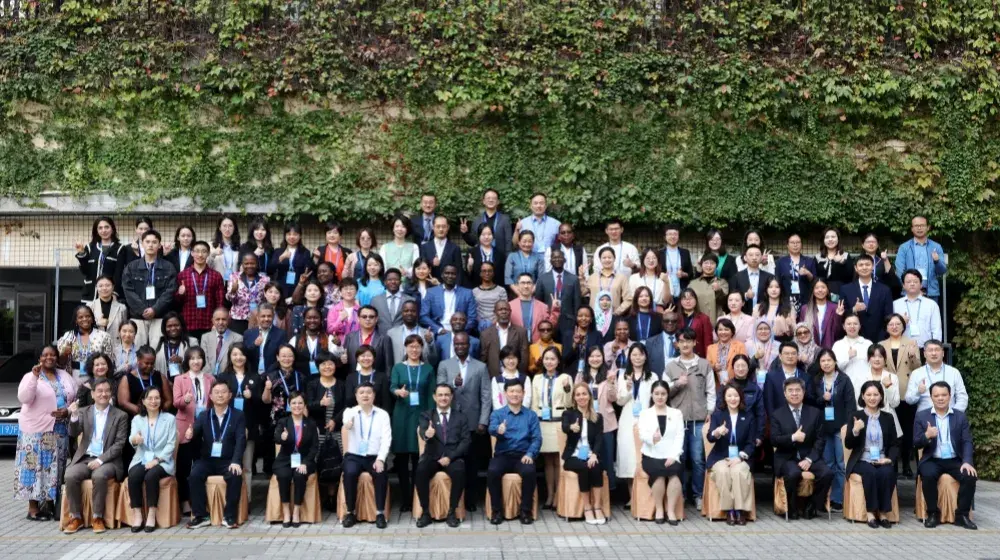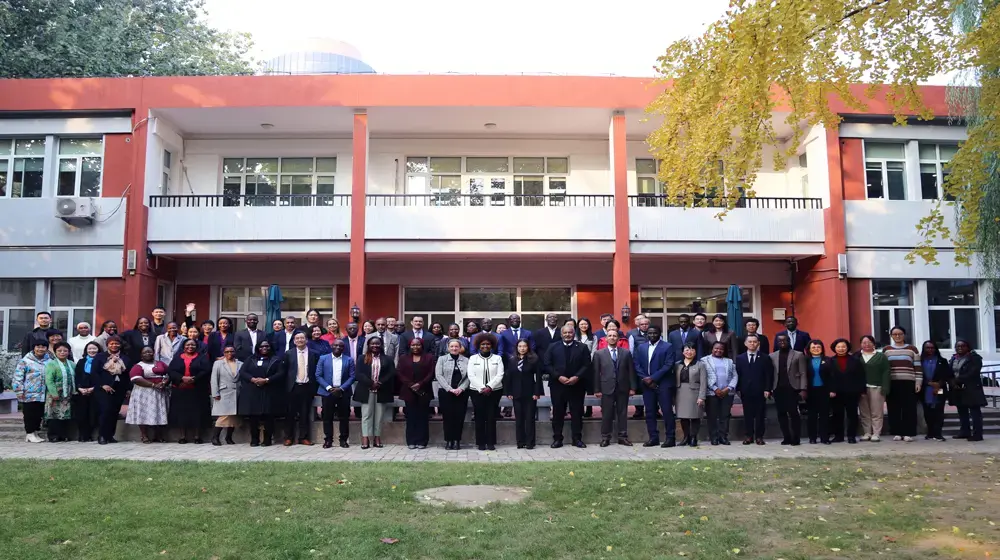By Justine Coulson, Resident Representative (China), United Nations Population Fund
Understanding the levels and drivers of maternal mortality cases not only tells us about women's access to and availability of quality healthcare, but indicate indirectly the economic and social status of women within a country. In 1980, when the United Nations Population Fund (UNFPA) started its program in China, the maternal mortality ratio (MMR) stood at 100 maternal deaths per 100,000 live births, while today that figure has dropped to 16.1. Furthermore, China has narrowed the gap between maternal deaths in urban and rural areas. In 1990, rural MMR was almost double that in urban areas, while today the difference has been significantly reduced (16.5 vs. 15.4 deaths /100,000 live births in rural and urban areas respectively). The notable progress in improving maternal health contributed to the World Health Organization (WHO) recognizing China as one of the 10 low- and middle-income "fast-track" countries in women and children's health. The Healthy China 2030 Action Plan aims to reduce preventable maternal deaths to MMR 12/100,000 by 2030.
China's reduction in maternal mortality rates can be attributed to the increased availability of quality maternal health services. The number of mother and child health institutions and maternity hospitals has doubled since 2010 and the number of obstetricians and gynecologists has increased by 55 percent in the same time period.
Nonetheless, increased availability of services does not automatically lead to greater access by all. Globally, evidence indicates that out-of-pocket maternal health expenses can prevent some pregnant women from being able to afford quality maternal care, which leads to higher levels of maternal mortality and morbidity among the poorest women in a society.
Meanwhile in China, investment in strengthening the availability of maternal health services was accompanied by investments in health insurance reform so that more than 90 percent of the population holds some form of health insurance, as well as making concerted efforts to address rural/urban discrepancies in health through the Basic Public Health Service Equalization initiative. Accordingly, almost all pregnant women in China now receive antenatal and postnatal care and deliver their babies in a hospital, which ensures better-managed, safer deliveries and better outcomes for mothers and their newborns. Notably, despite the slow reduction in the gap in per capita annual income between urban and rural households between 1990 and 2019, the gap in MMR was greatly reduced over the same time period indicating the Chinese government's success over addressing rural/urban inequality in regards to access to maternal health.
At the International Conference on Population and Development (ICPD) in 1994, 179 countries adopted the Program of Action, which recognized that reproductive health and rights, as well as women's empowerment and gender equality are essential for sustainable development. In 2019, at the Nairobi Summit celebrating 25 years of the ICPD agenda, China recommitted to fulfill the ICPD Program of Action and to integrate with its national priorities.
As China looks towards 2030 and its commitment to reduce MMR to 12/100,000, China does so in the context of a national demographic trend of low fertility and aging population. The birth numbers fell by 11.5 percent between 2020 and 2021; the 2020 census results reported a total fertility rate of 1.3 births per woman, and population growth has decelerated with a peak in population size predicted within the next few years. In 2021, the announcement of the three-child policy signaled a shift to a population policy more focused on fertility support measures to encourage couples to have more children.
Whether in a high or low fertility context, ensuring women's reproductive health and rights, as outlined in the ICPD Program of Action, remains vital. Hence, all women could choose whether, when and how many children they have through access to a range of contraceptive methods. All women who wish to have a child can get access to high-quality maternal health care services, including assisted reproductive technology for those women experiencing infertility. These services, along with comprehensive sexual and reproductive health information, should be available to all women of reproductive age regardless of marital status, income level, ethnicity, location or other demographic characteristics.
Additionally, evidence demonstrates that investments in maternal and newborn care should not be siloed but included in a holistic life-cycle approach to get integrated, women-centered reproductive health care, beginning by addressing the needs of adolescent girls and young people, and integrating a full package of sexual and reproductive health services, including for sexually transmitted infections and HIV prevention, gender-based violence screening and referral and prevention and treatment of gynecologic cancers.
China has positioned its Healthy China 2030 commitment to boost maternal health services and reduce maternal mortality within a broader package of measures to support women's development and to support fertility. In the recently issued Guiding Opinions (National Health Commission, 2022, No. 26), a commitment to improved maternal and newborn care sits within a larger package of improved services, including reproductive information and services, as well as increased access to quality childcare, and more family-friendly workplace policies.
The China National Program for Women's Development (2021-2030) adopts a comprehensive, life-cycle approach to women's health aligned to global recommendations. It not only strengthens maternal and child health services for those women who choose to have children but also to ensure support for women who wish to avoid an unintended pregnancy by upholding their "right to informed and independent choice of contraceptives" through increased access to contraception information and services.
Nonetheless, global evidence shows that national commitments do not necessarily translate into all women experiencing the same standards of quality care in reproductive services at the community level. The challenge for a country China's size is to ensure that these national commitments to reproductive choice and increased access to comprehensive sexual and reproductive health information and services can be informative for every interaction between individual health workers and their female clients.
The article was originally published on CGTN website on 9 October 2022. Original link: https://news.cgtn.com/news/2022-10-09/Reflecting-on-progress-in-materna….





